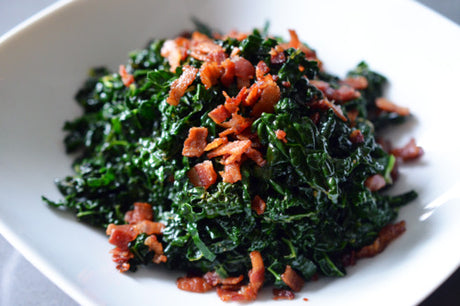Table of Contents:
Feeding and storing a sourdough starter . Making sourdough bread starts with a strong, active starter. This is the foundation of the bread, giving it that delicious flavor and airy texture. Using organic wheat flour improves the quality and flavor of the starter. But how do you properly maintain such a starter? In this blog post, I'll explain how to feed and store your sourdough starter, whether you bake almost daily or only occasionally, and how to check if your starter is active enough for use. Feeding your starter is essential to keep the bacteria active, so the wild yeasts and bacteria in the sourdough can produce gas and your starter remains strong.
If you haven't made sourdough yet, first read our blog: Making a sourdough starter: make it yourself
What is a sourdough starter and why is nutrition important?
A sourdough starter is a mixture of water and flour containing natural yeasts and bacteria. These microorganisms ferment the dough, causing it to rise and giving it a complex, slightly sour flavor. To keep your sourdough starter alive and active, you need to feed it regularly. This means adding water and flour to provide the microorganisms with the sugars they need to grow.
You can use different types of flour, such as rye flour, whole wheat flour, or organic wheat flour, to nourish your sourdough starter. Depending on the type of flour you use, you can nourish your sourdough starter in different ways, which affects its activity and flavor. It's important to keep your starter well-nourished so that the yeast and bacteria remain active and strong.
Feeding and storing sourdough starter: proportions and timing
Many people feed their starter in a 1:1:1 ratio. This means you add one part starter, one part water, and one part flour (for example, 50 grams of sourdough starter, 50 grams of water, and 50 grams of flour). The downside of this is that your starter often reaches its peak after a few hours and then collapses again. This can be inconvenient if you don't have time to work on your dough immediately after those few hours.
My preference? The 1:2:2 ratio. This involves adding two parts water and two parts flour to one part starter (for example, 50 grams of starter, 100 grams of water, and 100 grams of flour). Using this ratio provides more food for the yeasts and bacteria, meaning your starter will take longer to peak. This is ideal if, for example, you feed in the evening and want to start making dough in the morning.
Practical example:
- Feed your starter in the evening before going to bed in a 1:2:2 ratio. For example, with 50 grams of sourdough starter, 100 grams of rye flour, and 100 ml of water.
- The next morning, your sourdough starter will be at its highest point or just beginning to settle, ready to be used for the dough.
View all our bread baking supplies here












1 comment
Hallo,
Bij het bekijken van je filmpje zie ik dat je het brood niet echt kneedt of heb ik het verkeerd voor?
Heb mijn starter gevoed 122 en onmiddellijk in de koelkast gezet daar ik niet iedere dag bak.
Je kan dan niet onmiddellijk de desem gebruiken als je wil bakken?
Ik vind het nogal moeilijk.